The cycling industry, once anchored in traditional forms of promotion like print advertising, sponsorship of elite athletes, and product placements in specialty stores, is undergoing a radical transformation. In the era of digital media, influencer marketing has emerged as a powerful tool reshaping the way cycling brands connect with their audiences. Whether it’s a weekend warrior on Instagram sharing their latest gravel ride, a YouTuber reviewing high-performance bikes, or a TikTok star filming cycling challenges, influencers are now at the center of many brand strategies. This article explores how social media influencers are influencing visibility, shaping consumer preferences, and challenging traditional marketing models within the cycling industry. We delve into expert opinions on the authenticity of these partnerships, their return on investment (ROI), and what the future may hold for influencer-brand dynamics.
The Digital Shift: From Print Ads to People-Powered Content
Just a decade ago, cycling brands largely focused their marketing budgets on print ads in cycling magazines, sponsorship of elite athletes, and booths at major bike expos. Today, however, the consumer journey is increasingly shaped by digital discovery—especially via social platforms. Brands now seek out micro and macro influencers who bring their products into everyday conversations among millions of followers.
Influencers provide a different type of value compared to traditional advertising. They integrate brands into lifestyle narratives, making products feel more relatable and accessible. An elite athlete wearing a brand’s gear on a podium has prestige, but a relatable content creator using the same gear on a morning commute or weekend adventure humanizes the product. This contextual approach creates emotional engagement and consumer trust, which is often more influential than standard promotional messaging.
Cycling influencers come in various forms: endurance riders, fitness enthusiasts, travel vloggers, daily commuters, and even tech reviewers who focus on cycling gear. The accessibility and diversity of these creators mean that brands can now reach niche audiences with tailored messaging and storytelling.
Brand Visibility Through Influencer Lenses
Influencers wield tremendous power when it comes to visibility, especially among new and younger demographics. On platforms like Instagram and TikTok, a single viral post or reel showcasing a bike or gear setup can generate thousands—or even millions—of impressions within hours. This reach is difficult to replicate through traditional advertising channels.
Beyond reach, influencers help brands achieve relevance. Social media thrives on trends, and when influencers place a cycling brand within a broader lifestyle narrative—such as wellness, sustainability, or urban exploration—the brand is suddenly a participant in larger cultural conversations. For instance, a cycling influencer promoting an eco-friendly commuter bike may appeal not only to cycling enthusiasts but also to those interested in green living and city mobility.
Moreover, platforms like YouTube have become trusted hubs for long-form content such as reviews, unboxings, and ride-along vlogs. For high-involvement purchases like bikes or smart trainers, where consumers research extensively before buying, the in-depth insight provided by influencer videos often plays a decisive role in the purchase journey.
Authenticity: The Double-Edged Sword of Influencer Marketing
Authenticity is both the appeal and the potential pitfall of influencer marketing. Followers trust influencers because they view them as real people sharing genuine experiences—not corporate mouthpieces. Therefore, a product recommendation from an influencer can be more persuasive than a traditional ad, but only if it feels authentic.
Cycling brands, therefore, must be selective in choosing influencers who align with their core values and audience. A high-end road bike brand partnering with a mountain biking TikToker might gain temporary visibility but will likely struggle with engagement and conversion. Conversely, partnerships with influencers who are already enthusiastic users of the brand can generate credible, resonant content that drives lasting impact.
Some brands go further, integrating influencers into product development processes or inviting them to industry events and test rides. This deeper engagement fosters authenticity and allows influencers to provide firsthand feedback, making them feel like collaborators rather than paid endorsers.
However, as influencer marketing matures, audiences are also becoming more discerning. They can often tell the difference between a genuine endorsement and a scripted promotion. Overly commercialized content can lead to skepticism, disengagement, or even backlash. Thus, the success of influencer partnerships hinges on maintaining a balance between brand objectives and creator freedom.
Measuring ROI: Is the Investment Worth It?
Return on investment is a hot topic in the realm of influencer marketing. While visibility and engagement are easy to measure through likes, shares, and comments, translating those metrics into sales is more complicated. Many brands struggle to quantify the direct impact of influencer campaigns, especially when relying on top-of-funnel awareness rather than bottom-of-funnel conversions.
That said, more cycling brands are now integrating trackable links, affiliate programs, and unique discount codes into influencer content, making it easier to connect exposure to sales. Platforms like Instagram and TikTok have also introduced native shopping tools, allowing users to make purchases without leaving the app. These developments are enabling more accurate ROI measurement and incentivizing performance-based partnerships.
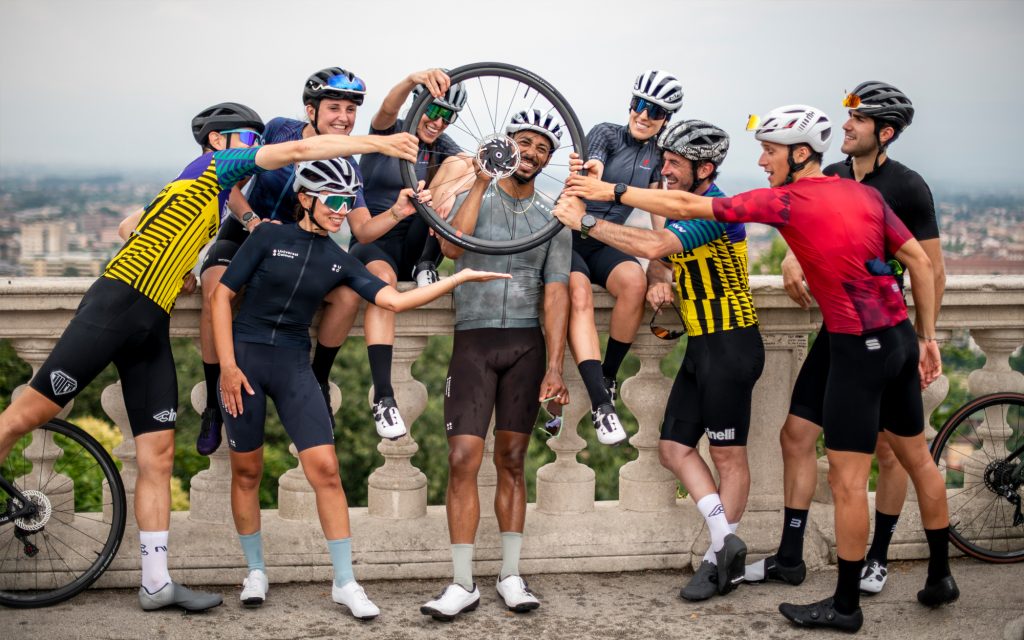
Moreover, the long-term value of influencer marketing often extends beyond direct sales. Influencer-generated content can be repurposed for brand websites, newsletters, and digital ads, adding value to the brand’s content strategy. Influencers also help brands build community, a vital asset in the cycling industry where peer recommendations and shared experiences strongly influence buying decisions.
According to industry analysts, influencer marketing in the cycling industry offers a solid ROI when brands focus on quality over quantity, prioritize long-term relationships over one-off posts, and integrate influencers into broader marketing strategies rather than treating them as standalone assets.
Expert Insights: The Strategic Role of Influencers
To better understand the growing role of influencers in cycling brand strategies, we consulted several marketing experts and industry veterans.
Laura Bennett, Marketing Director at an urban e-bike brand, emphasizes the importance of niche influencers: “Micro-influencers in the cycling community tend to have incredibly engaged audiences. They might not have a million followers, but their community trusts their opinions. When these influencers promote a product, it often results in better engagement and higher conversion rates than a celebrity endorsement.”
Javier Ortega, founder of a cycling lifestyle brand, believes authenticity is the currency of modern marketing: “We’ve learned that influencer marketing only works when the creator genuinely uses and loves the product. Consumers can smell inauthenticity from a mile away. We don’t script content. We give creators full freedom to showcase the product in a way that fits their life.”
Elise Tran, a consultant for sportswear startups, sees influencer partnerships as key to entering new markets: “For emerging brands, influencers are a gateway to community. Instead of spending thousands on paid ads, you can work with five cycling influencers and get grassroots access to different audience segments—whether it’s fixie riders, gravel grinders, or bikepacking fans.”
The Challenges Ahead: Oversaturation and Algorithm Anxiety
Despite the benefits, influencer marketing is not without its challenges. One of the most pressing issues is saturation. As more brands invest in influencer partnerships, consumer fatigue can set in. Audiences may grow tired of seeing repetitive content or become wary of influencers who appear to promote a new brand every week.
Moreover, brands are increasingly at the mercy of platform algorithms. An influencer’s content may perform well one month and flop the next due to changes in visibility, shadow banning, or shifts in platform priorities. This makes influencer campaigns inherently unpredictable compared to traditional paid ads, where impressions and reach can be bought with relative certainty.
There is also growing competition among influencers themselves. With many creators vying for brand partnerships, the cost of working with top-tier influencers has increased, leading some brands to re-evaluate their strategies. Some are now focusing on ambassador programs, creating long-term collaborations that resemble brand evangelism rather than transactional sponsorships.
Looking Ahead: A New Era of Collaborative Branding
The future of influencer partnerships in cycling appears to be more collaborative, transparent, and community-oriented. Rather than treating influencers as temporary ad channels, more brands are embracing them as co-creators and ambassadors. This evolution is leading to richer content, deeper engagement, and stronger brand loyalty.
We are likely to see an increase in hybrid models that combine influencer partnerships with brand-owned platforms—like branded podcasts, YouTube series, or curated events—where influencers play a role in hosting or storytelling. Such strategies blur the line between media and marketing, offering immersive experiences rather than overt promotions.
Additionally, as platforms like Instagram, YouTube, and TikTok continue to evolve their shopping features, the ability to measure and scale influencer ROI will improve. Brands that are agile, data-driven, and culturally aware will be best positioned to succeed in this dynamic space.
Conclusion
Influencer partnerships are undeniably reshaping cycling brand strategies. They offer a powerful mix of visibility, engagement, and community-building that traditional marketing methods often struggle to achieve. However, the key to long-term success lies in authenticity, strategic alignment, and continuous evaluation of impact. By focusing on genuine relationships and meaningful storytelling, cycling brands can leverage the influencer wave to not only boost sales but to cultivate a vibrant and loyal rider community.

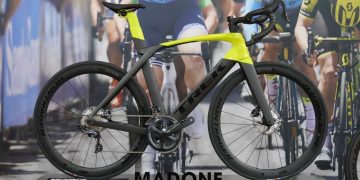






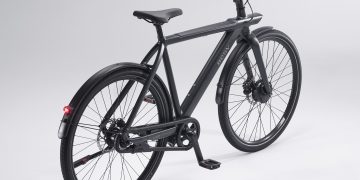




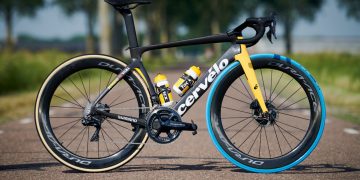
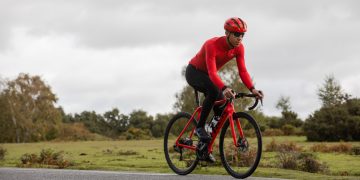











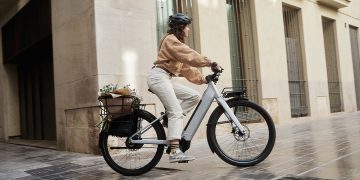










Discussion about this post